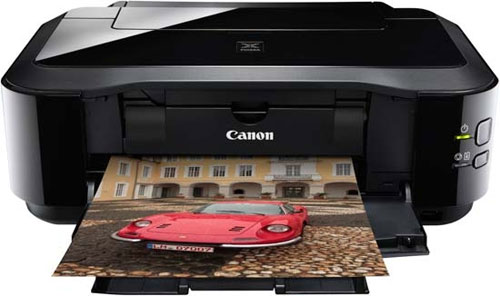“Is this Falcon?” said the somewhat befuddled voice on the other end of the line.
I paused, a bit confused. After all, I had answered the phone as I always do: “This is Falcon, how may I help you?” I wasn’t sure what about that wasn’t clear and for a moment, still being very much the New Yorker, I started to respond as any New Yorker would. Then I remembered this wasn’t New York and comments like the one I was about to make, well, they would not be well received here.

Color Calibration and Printing
So, I took a deep breath and responded, “Yes, how may I help you?”
“This is the color lab. You know that photo we were supposed to print for you – the 20×30?”
I knew that photo all too well……. “Yes,” I responded.
“Well, it’s all kind of, I don’t know, orange, I guess?”
I couldn’t tell if she was asking a question or making a statement. So, for the second time, I reminded myself I wasn’t in New York, took a deep breath and asked, “So, what is it you want me to do? After all, it wasn’t orange when I was working on it.”
“Can you come and look at it on my monitor?”
My Spider Sense as I call it told me this was going to be a watershed moment even though I wasn’t sure why it could possibly be. The problem was clear – somehow the file got corrupt. I burned another DVD, verified that it looked as it should on my monitor, jumped into the Jeep with JD in tow and headed for the lab.
“Try this one,” I said as I handed her the DVD. “I am sure it’s corruption.” She loaded the DVD into her computer and sure enough, it was as orange as the first one.
It proved to be a long and painful stay at the color lab – and expensive too – since she had to color correct the image so that it would print out correctly.
Color correct?
Yes.
There is an assumption – there are many actually in the digital world – that what you see is somehow the way something REALLY is because it is digital and well, ones and zeros don’t lie. So, what I see on my monitor, the corrections I make to a photo including brightness, color, contrast, you name, they must look the same way on every other computer screen.
Wrong. Very wrong.
Here are the facts:
- No two computer screens, LCD, LED or the old CRT type, match colors. Line up six from the same manufacturer and each will be different. Many LCDs are skewed towards blue.
- Think your digital camera captures color correctly? Wrong again. While high end cameras are far more accurate (you know the ones that cost $6,000 just for the body), the inexpensive ones are all over the place. To complicate matters even more, Japanese cameras reflect the Japanese preference for redder skin tones in keeping with their cultural values.
- Printers are not immune either. Printer drivers (the software that makes the printer print) and even the ink from one lot to another can cause colors to shift.
- And if all this weren’t enough, no two humans see the same color the same way. When is red not red? All the time.
So, what should you do to fix this? Here are some suggestions:
- Make sure your photographer calibrates his or her cameras regularly using tools like X-Rite’s i1Xtreme.
- Make sure your graphic designer also calibrates his or her monitor regularly using something like the i1Xtreme.
- If you are having material printed, make sure your printer calibrates his or her printers and presses regularly as well. And make sure that he or she has a profile for the paper you have selected. That can make all the difference in the world.
Color is an amazing thing and it is the key to delivering emotionally powerful images. However, the wrong colors deliver the wrong message and can turn potential customers and clients away. So, as you plan your next ad campaign, on the web or in print, make sure you remember to keep red red.
About the Author:
Falcon brings an eclectic collection of experiences to his work. He was educated at Fordham, Yale and Emory Universities and holds a Ph.D. in Biblical Theology. As an academic he is a published scholar. Falcon has also spent much of his adult life working in technology. In 1998, the same year he began working in photography, he was awarded a prestigious Computerworld-Smithsonian Medal for his accomplishments in technology. A poet and writer, a number of his pieces have been published in literary magazines, Falcon’s photographic work reflects the eclectic contours of his life. Falcon is from http://www.princetonmarketing.net and http://www.princetonmarketing.net/princetonmarketingblog.
Like This Article?
Don't Miss The Next One!
Join over 100,000 photographers of all experience levels who receive our free photography tips and articles to stay current:






Leave a Reply